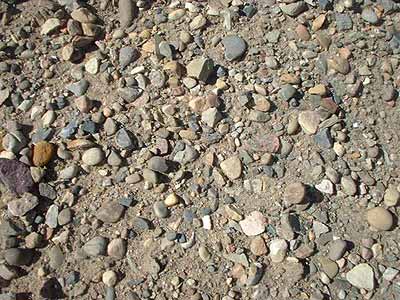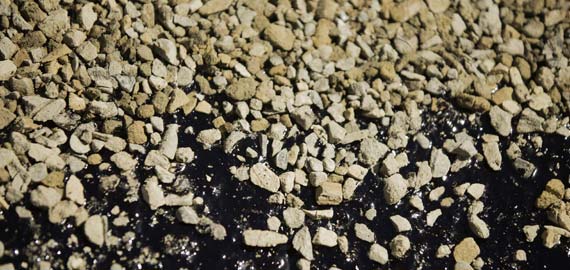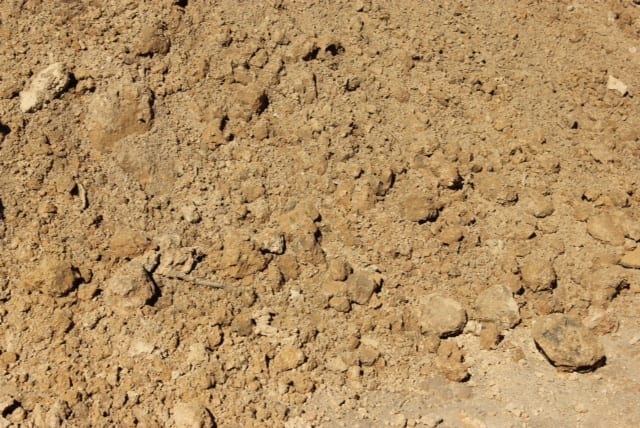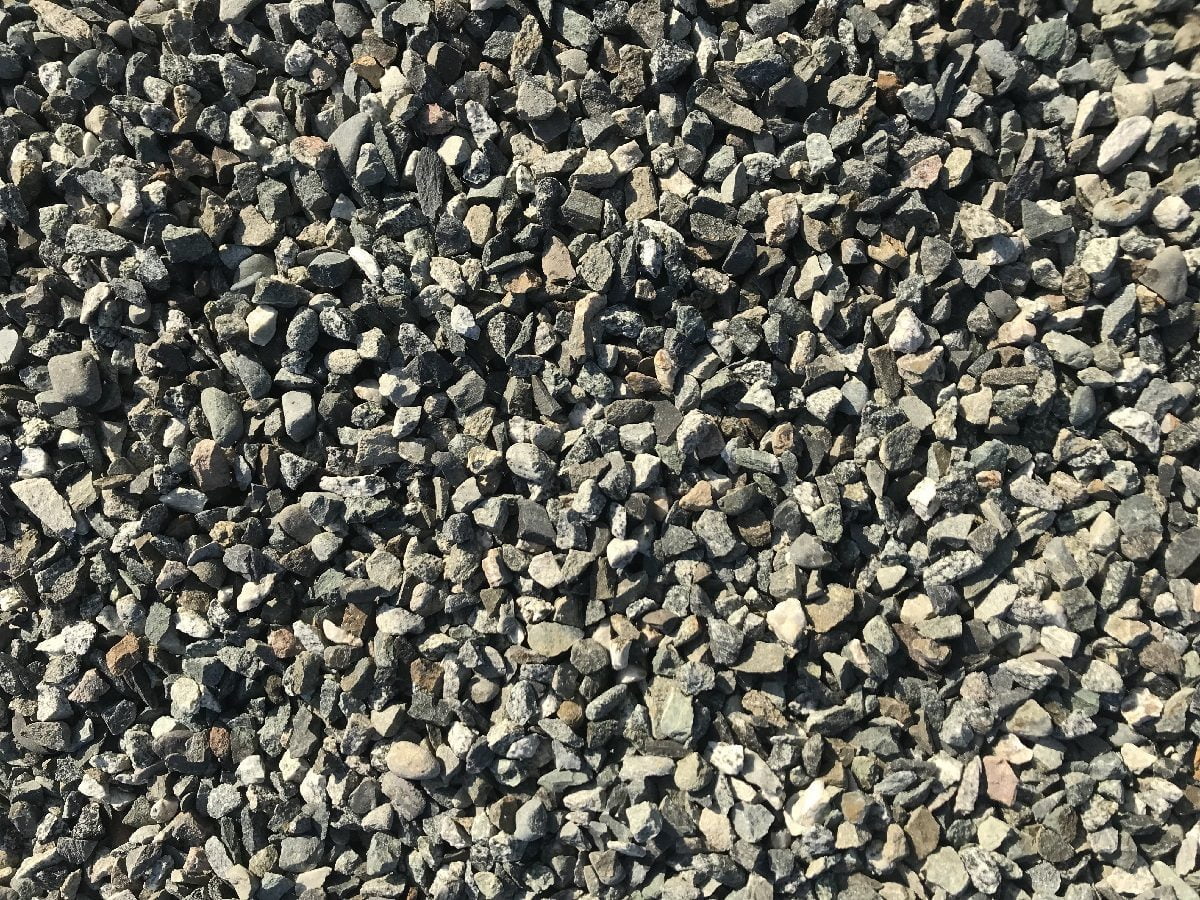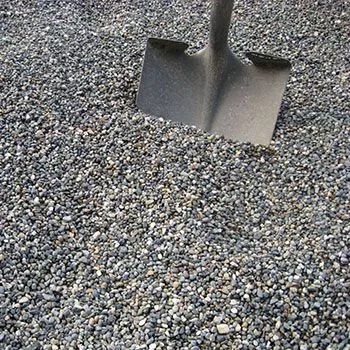$0.00
Crushed Gravel is a compactable, angular stone used for base layers, surface stabilization, and drainage flow.
Description
🚧 Crushed Gravel for Sub-Base Prep, Surface Stability & Drainage Support
Thrifty Alberta’s Crushed Gravel is a mechanically produced, angular aggregate known for its compaction strength, drainage capacity, and reliable ground support in construction and landscaping applications. Its sharp edges allow it to lock together under pressure, creating a stable, load-bearing base that resists shifting and settling over time.
Whether you’re prepping a driveway, stabilizing a patio foundation, or building a drainage trench, Crushed Gravel delivers a long-lasting, compactable solution suitable for residential, commercial, and agricultural projects across Alberta.
🧱 What Is Crushed Gravel?
Crushed Gravel is made by mechanically breaking down larger rocks into angular fragments. Unlike natural round gravel or river rock, its jagged shape provides excellent interlocking capability — which is essential when compaction and surface stability are critical. This makes it ideal as a structural sub-base layer under pavement, walkways, shed pads, or any surface that must endure weight and weather exposure.
Screened to eliminate fines or oversized material, it provides a clean, consistent grading that supports both load-bearing and drainage needs in foundation and fill projects.
🛠️ Common Applications for Crushed Gravel
Crushed Gravel is commonly used in:
-
Driveway foundations – Acts as a stable, compactable base for cars and heavy vehicles
-
Patio and paver prep – Provides the first layer beneath sand or leveling materials
-
French drains and dry wells – Promotes water flow while preventing erosion
-
Road shoulders and access paths – Supports weight and handles Alberta’s weather swings
-
Shed and hot tub pads – Offers support beneath poured concrete or prefabricated platforms
-
Backfilling retaining walls – Reduces hydrostatic pressure while allowing drainage
-
Culverts and trench work – Prevents washouts and improves water movement
Need a decorative or finer variation? Explore Chipped Gravel or Buckshot for surface treatments and aesthetic finish layers.
✅ Performance Benefits
-
Superior compaction – Forms a solid, load-ready base after mechanical tamping or rolling
-
Excellent drainage – Prevents water accumulation that could weaken structures
-
Load resistance – Handles vehicular and structural weight without deformation
-
Erosion prevention – Minimizes washout on slopes and in wet areas
-
Clean and consistent grading – Easier to work with than mixed or unscreened fill
-
Versatile and cost-effective – Useful in both visible and foundational projects
For layered construction, use Crushed Gravel beneath finer materials like Road Crush or landscape screenings depending on your finish.
📏 Installation Tips
-
Base depth – For driveways and patios, use 4–8 inches compacted in 2–3 inch lifts
-
Compaction method – Use plate compactors or rollers after each layer for best strength
-
Slope for drainage – Maintain a gentle grade away from structures
-
Weed barrier (optional) – Place landscape fabric beneath gravel to reduce vegetation growth
-
Edge restraints – In pathways, use aluminum, steel, or plastic edge restraints to maintain shape
Compact while slightly damp for maximum particle binding and stability.
🔗 Learn More About Gravel Performance
-
The Spruce – Crushed Stone vs. Gravel (DoFollow)
-
Better Homes & Gardens – How to Plan a Gravel Path (DoFollow)
These sources outline gravel types, use cases, and installation strategies for residential and commercial success.

